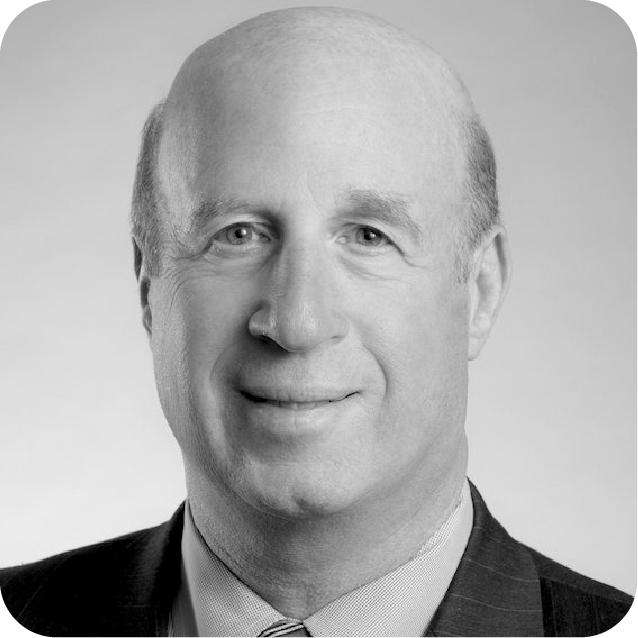Scott Hefter became a student again in 2019. “It was phenomenal,” he says, describing the year he and his wife spent as Fellows in the Advanced Leadership Initiative at Harvard University. For professionals ready to pivot late-career into social impact fields, the program draws people from across the globe in a cross cultural exploration of issues demanding attention. “After 30 years in management consulting, including some government work in criminal justice reform, veteran health care, and the impact of the Gulf oil spill, I developed a passion for the social impact space.”
The difficult part of going back to school, says Scott, was “to not multitask, but sit and read a textbook for hours.” The rest was fun. “My wife went to her classes, I went to mine. We did homework together on the weekends. It was the best year of our life.”
Scott formerly served as COO at AmeriCorps, the federal agency that leads service, volunteering, and grant-making efforts in the United States. Driven by a passion to reduce polarization, Scott envisioned what could be if everyone completed a year of service in AmeriCorps: “Instead of people getting their perspectives from cable news, someone from West Virginia would know somebody from Miami and they could have a conversation about our climate.”
A recognized business leader and global collaborator, Scott led strategy and technical operations consulting with PRTM, PwC and Boston Consulting Group, and has worked in the US, Europe, Middle East, and Asia. Now that he’s focused on the US, he appreciates being involved in extending the reach of Global Nomads.
“The pandemic illuminated the potential to take Global Nomads to scale,” says Scott, who is eager to exploring alternative business models and ways to bring the programs to market. “It would be great to share this amazing content with more kids through a direct-to-student model.”



